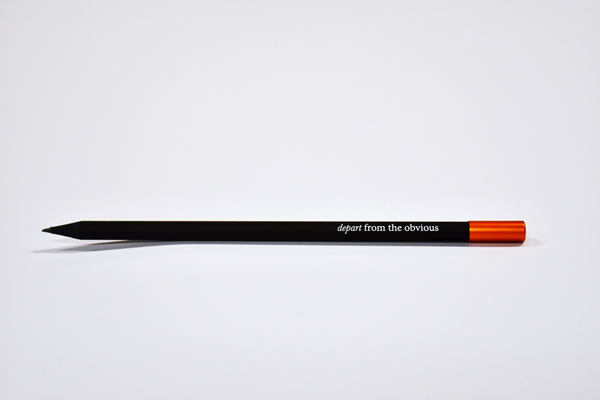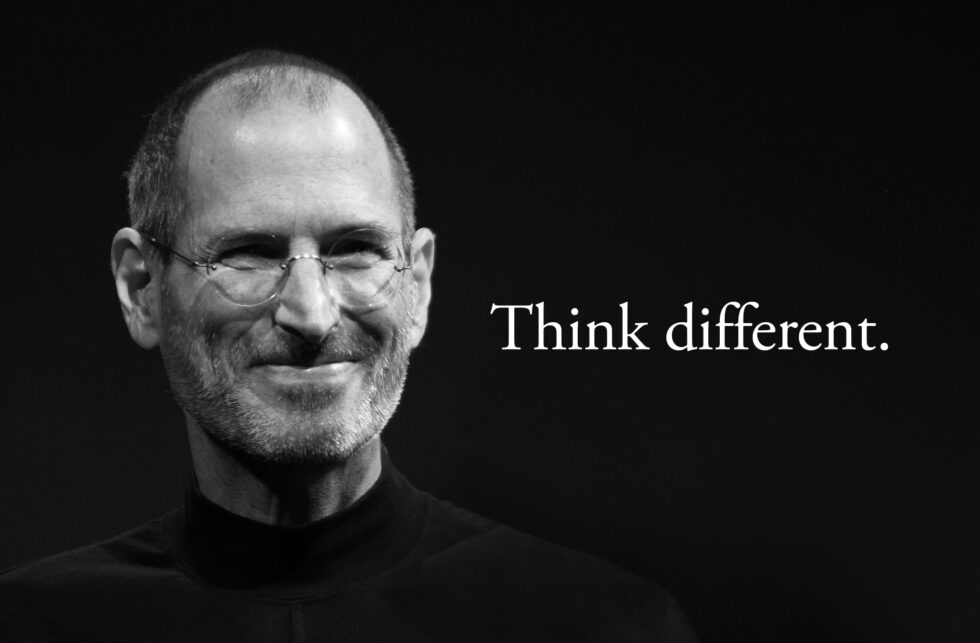
by David Kester — Aug 3, 2023
In this article David Kester, founder of DK&A and Design Thinkers Academy London, demystifies design-led innovation and argues for a “teach & do” approach to grow business capability and capacity.
“Here’s to the crazy ones, the misfits, the rebels, the troublemakers, the round pegs in the square holes… the ones who see things differently — they’re not fond of rules… You can quote them, disagree with them, glorify or vilify them, but the only thing you can’t do is ignore them because they change things… they push the human race forward, and while some may see them as the crazy ones, we see genius, because the ones who are crazy enough to think that they can change the world, are the ones who do”. — Steve Jobs, 1997 as featured in the Think Different advertising campaign.
My friend Eddie is a Professor of Innovation. He agrees with Steve Jobs. Many times, he has contemplated a worthy group of would-be corporate innovators with me and said, “You guys are too nice. If you are going to innovate, you need to be one of the crazy ones.” I disagree, profoundly. For the same reason that top Creative Directors don’t typically look or behave like rebels, Nobel Prize winners don’t resemble Einstein, and executive search consultants don’t usually headhunt extrovert narcissists to run tech companies.
Nice disruptors
Innovators are infinitely variable. You can indeed be nice and innovate. In fact, it positively helps. Humility, positivity, empathy and curiosity about others are assets. More to the point, you can train yourself and others around you to think different and deliver disruptive innovation.
Our Associate and Innovation Coach Joe Ferry, formerly Design Director at Virgin Atlantic, is a quite honestly one of the nicest people I know. He is credited in Richard Branson’s autobiography as the intrapreneur behind the many innovations at Virgin, such as their sleep seat, and brand-defining service designs that transformed not only Virgin but the airline industry as a whole. Far from setting himself apart from the rest of the business, Joe sought to include everyone in the company as an extended member of his design team. Virgin Atlantic went on to brand this culture of collaborative innovation with the call-to-action banner, “Everyday Pioneers”.
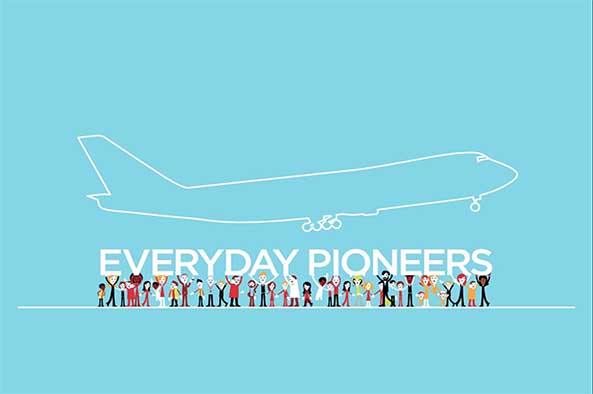
Same old shit or crazy shit
In his masterclass at the Design Thinkers Academy London Bootcamp, Joe asks a simple question. Which path are you going down? The one marked “same old shit” or the one marked “crazy shit?”. Behind this provocation is a serious point about intentionality. Which route is the best fit for the task in hand?
Most human activity is based on learning from others and incrementally improving best practices that have been handed down, to the benefit of us all. The “same old shit” unfairly gets a bad rep. How to perform an operation; grow a crop; cook a meal; sell a service. Imparting this sort of knowledge is the basis of most education. It is what keeps us all safe, fed and watered and our systems of business and government operating. At school we are rewarded for taking the path well-trodden. To set out our thinking in a linear fashion. Show our workings. Learn the pattern and repeat. Full curricula and testing leave little time for learning by doing. We mostly learn by studying the experiences of others. We are deliberately encouraged to build on knowledge we learned the previous year so that it sticks.
Nothing like a threat
Our dilemma comes when the status quo suddenly presents a new threat. For instance, when hospitals become unsafe, as the superbug MRSA defies antibiotics and takes hold. Or crops fail due to changing climate conditions. Or the food choices we are surrounded by become more and more obesogenic or harmful to the planet. Or when a company’s existing products become less relevant, threatening the livelihoods of its workforce and its shareholders.
In the Spring of 2020, the DK&A team received an urgent call from one of the UK’s leading train operators. The pandemic, with an 80% reduction in passenger numbers and fear of travelling even among their own key workers presented them with an existential threat. The ensuing collaborative design project engaged the whole rail company from the frontline to the top, and has been documented by US business strategist, Professor Jeanne Liedtka, as a Harvard business case. One of the concepts co-created, tested and developed during this period was the Welcome Host, that has now become a central feature of the UK government’s rail reforms.
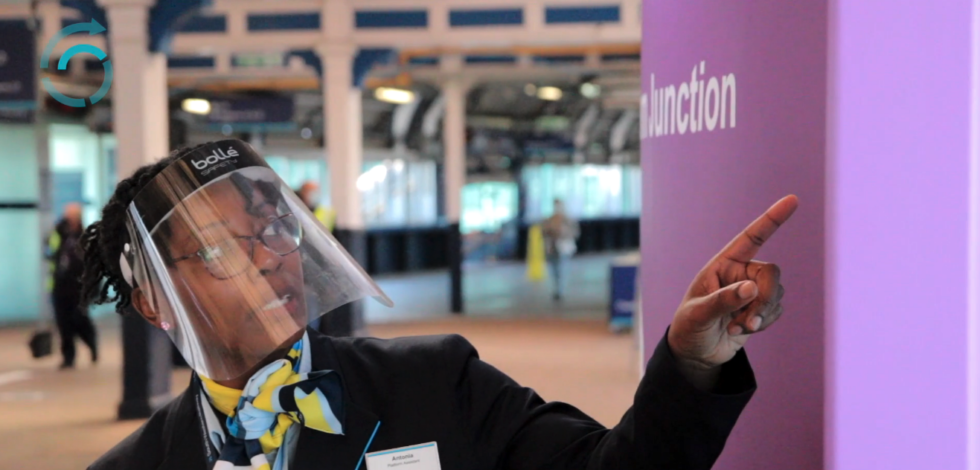
There’s nothing like a genuine threat, a real problem, to stimulate what us humans all have in abundance – ingenuity. Creativity and genuine exploration of the new may have been limited in our school education, but we are all creative. Humans are innate problem solvers. The training and mindsets that follow existing best practice are necessarily different to those that uncover the next practice. Both modes of behaviour are vital side-by-side for any business, organisation, or institution to survive and build its future. One follows the path well-trodden. The other consciously hacks off on a new path.
Don’t fire me
To many employees, if the boss asks them to innovate what they hear is “they want to fire me”. Not so Arnoud Koning. This is exactly what the boss, CEO AG Lafley asked of his team in the early noughties at Procter & Gamble, where Arnoud is Global Business Services Director. Arnoud’s first expertise is in buying, selling, and integrating companies for P&G. He guides large teams through complex undertakings that depend on following multiple well-established financial, legal and IT processes to the letter. However, inspired by Lafley’s call to action, Arnoud also became an innovation champion who orchestrates change projects. He teaches design thinking at P&G and is also a coach at Design Thinkers Academy London, where he has devised and leads train-the-trainer courses.

Making the “consumer the boss” and fostering an open diverse culture of curiosity was Lafley’s intention when he declared that P&G is a “design business”. He wasn’t asking Arnoud and his colleagues to change jobs as such. The call-to-action was asking for everyone to adopt new behaviours, to deliver more breakthrough ideas at every level of the business, through a relentless pursuit of customer-centricity. In so doing innovation moved out of the lab and became “everyone’s job” and has given P&G hugely successful first quarter of the 21st Century
Democratise design
The fact that design delivers value creation is no surprise. Design schools have been teaching the art and science of turning unmet user needs into innovative products and services for over 150 years. During my time at the UK Design Council, we tracked design-intensive publicly listed companies, proving that firms with collaborative and user-centred methods, outperform market averages. McKinsey recently repeated the exercise and got the same two-to-one outperformance from 300 public quoted firms.
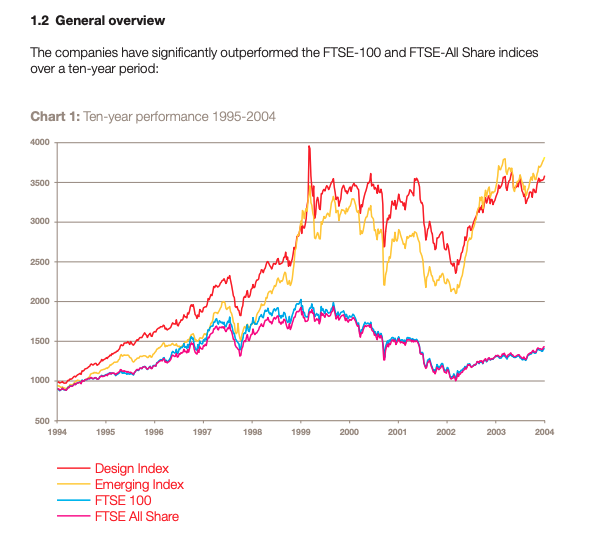
The question that the Steve Jobs “crazy ones” really raises is whether design for innovation can be democratised? Is innovation the domain of special people (misfits and rebels) in special places (garages and ateliers)? Or, can you hardwire design into your whole organisation so that you increase your innovative output?
Don’t doubt you can. Ingenuity is a default setting for humans and design is well-codified response. Of course, you’ll need talented businesspeople who embrace design – like Arnoud Koning. You’ll need hard-core designers who understand business, like Joe Ferry, but they will want to harness the ingenuity of everyone else in the business too.
Teach & Do
To collaborate creatively you’ll need a common design language and, if there are patterns to break (“same old shit”?), you’ll need small successes and demonstrations to build confidence in doing things differently. Last week, the Centre for Transformation and Improvement at Guy’s & St Thomas’ Hospital ran a training session for their growing innovation team. Matilda, one of their passionate and smart delivery managers, walked their new intake through the discovery stage of a project to re-design the journey from paediatric care to adult health for children with chronic long-term conditions. It was a proud moment for our team at DK&A who led the project and had Coached Matilda and colleagues over the last year.
When we set up DK&A, it was to be a “teach and do” design business that could support clients to build both innovative capability and capacity together. What we have learned is that increasing innovation productivity is challenging. It’s cultural. It takes leadership. You certainly need talented people with great determination. But design methods and processes are transferable. Design mindsets and competencies can be coached. Design confidence comes with experience. The results follow. And, yes, maybe a bit of craziness helps! But it is not obligatory.
If you think our approach might help your business, please do reach out to our team of teachers and doers today. Goldie Chaudhuri, our Design Director, brings experience of working as a senior engineer at Microsoft on innovation projects like Hololens. She oversees our teaching curriculum and Faculty of Coaches. Craig Fallowfield Tomkins, our Service & Experience Design Director, leads consulting projects, and brings a depth of experience in transport, health, retail and tech. He also teaches on our service design courses and Coaches client projects. They would love to talk to you!

